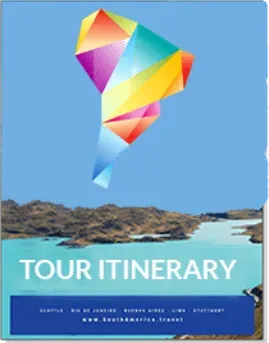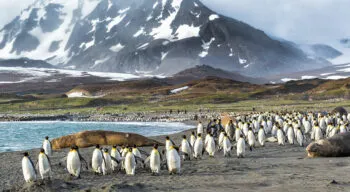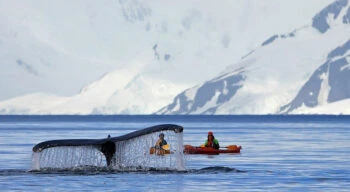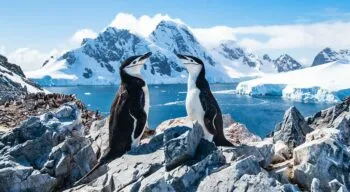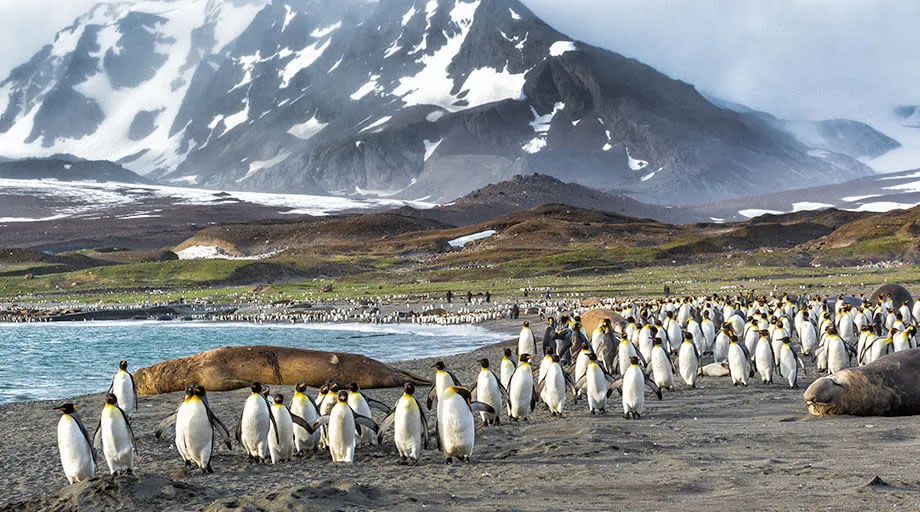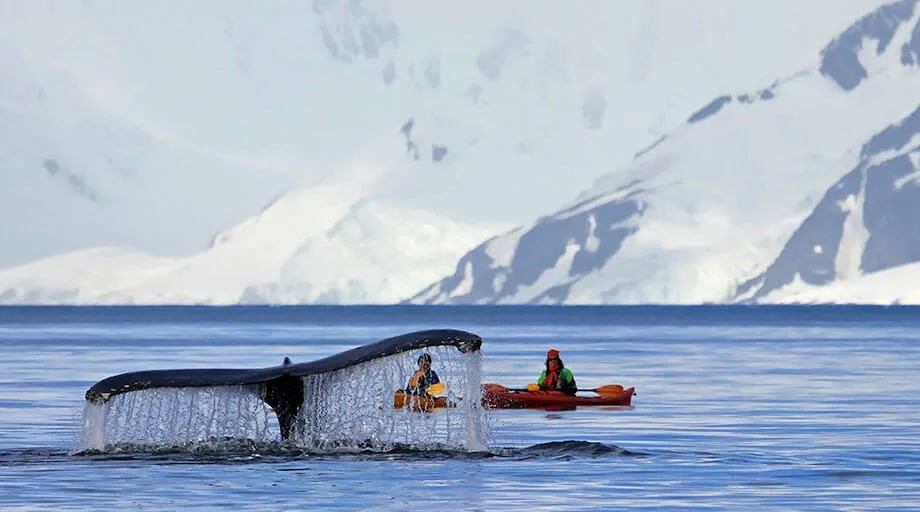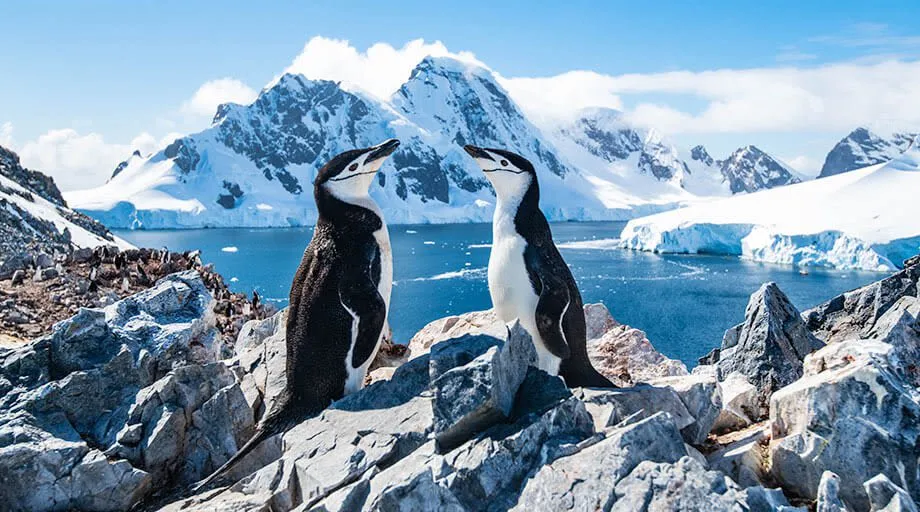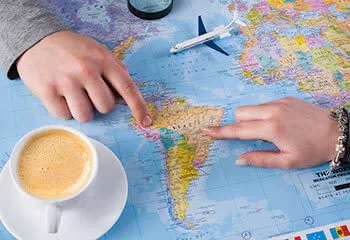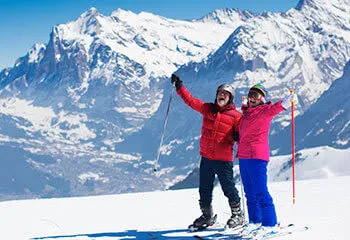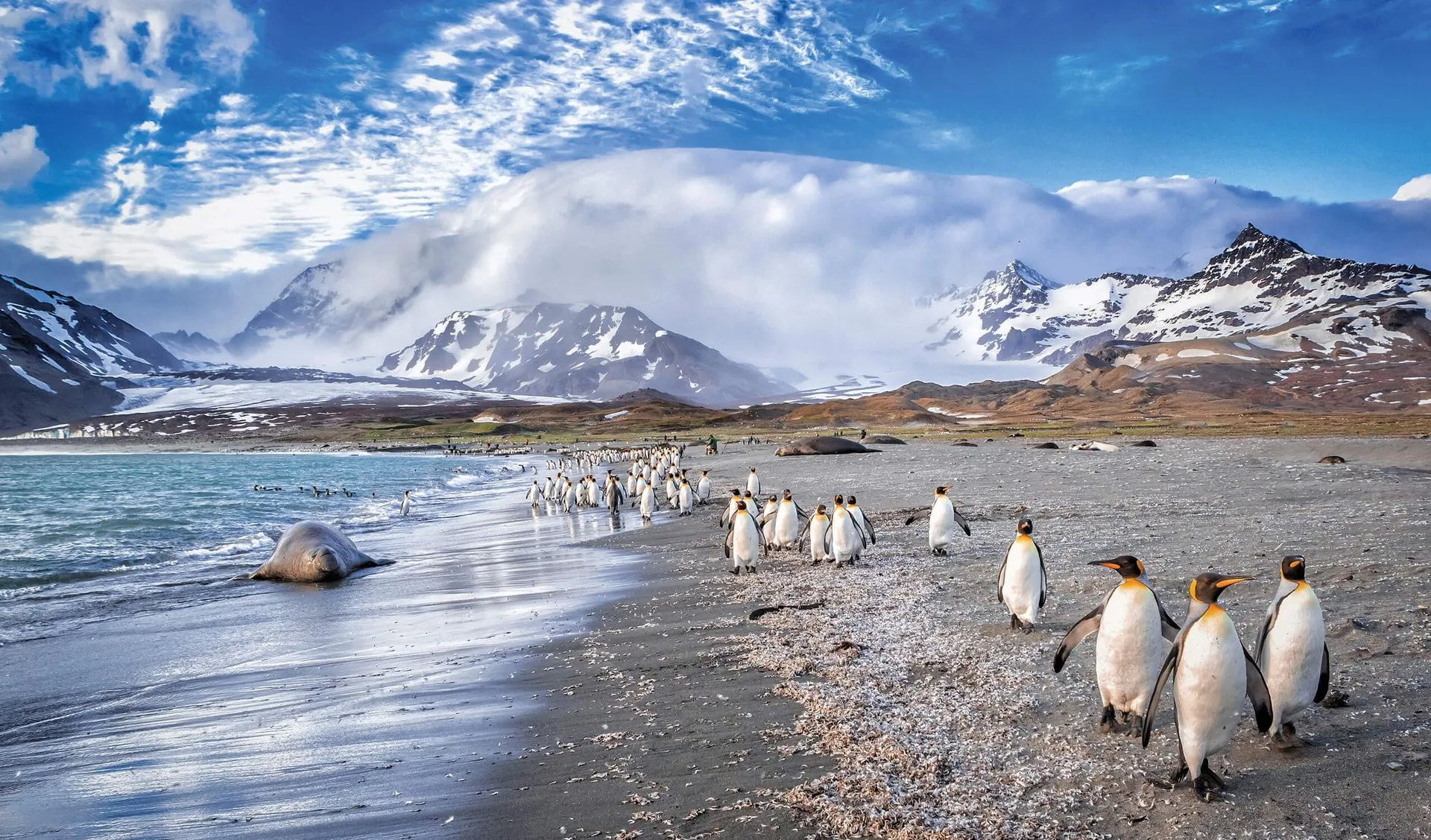
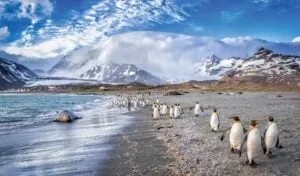
Antarctica Overview
Modern-day visitors traveling to Antarctica can enjoy its splendor in much better conditions than those early pioneers. A fleet of modern cruise ships bring passengers from South America each year between November and March. Visitors will be captivated by pristine landscapes of rock and ice, oceans teeming with life with breaching humpbacks and preying orcas seen regularly. On land, cacophonous colonies of penguins waddle amongst gargantuan elephant seals on untouched shores that stretch for miles. Antarctica has an otherworldly quality that lasts forever in the memory of those who visit.

Rebecca Deering
Antarctica Expert
Discovery of Antarctica
The first known mention of land at the bottom of the Earth comes from the Greek philosopher Aristotle. Hypothesizing that a landmass would necessarily exist at the southern extremes of the Earth to balance the geological books, Aristotle also gave it its name. Maps dating as far back as the 2nd century AD also include an Antarctic landmass, although its existence was entirely speculative at this point.
Much later, in the late 18th-century legendary explorer Captain Cook who had discovered Australia among other lands, speculated that there must indeed be an independent landmass yet still further south. Several expeditions in the early 19th century broke records as humans ventured further south than ever before. In 1820 three separate expeditions are credited with having sighted Antarctica, fleets led by Bellinghausen (Russian Navy), Bransfield (Royal Navy), and a sealing expedition led by Nathaniel Palmer (United States).
There is dispute surrounding who was first to set foot on Antarctica with John Davis an American sealer claiming to have set foot on western Antarctica in 1821. The first undisputed and confirmed landing took place much later in 1895 by members of a Scandinavian whaling ship.
The Age of Exploration in Antarctica
With the existence of Antarctica confirmed and propelled by a spirit of adventure that in many ways defined the Victorian era, the race was on to reach the southernmost point on Earth. With glory and national prestige on the line, several expeditions led by Robert Scott, Ernest Shackleton, and Roald Amundsen made attempts at reaching the south pole.
Standing in their way were roaring iceberg filled oceans, the rocky mountainous terrain of the continent’s exterior and in its interior an ice sheet the size of continental Europe. The exploits of these explorers are well documented with Amundsen succeeding and laying claim to being the first man to reach to pole in 1909 shortly followed by Scott who tragically perished on his return to camp having missed out on the accolade.
A later attempt by Ernest Shackleton to lead an expedition across the continent in a first-ever Trans-Antarctic expedition was scuppered when unseasonably icy conditions trapped their boat. The subsequent loss of the vessel and the heroic survival story that followed is the stuff of legend as the crew overcame seemingly impossible odds to return to the civilized World.
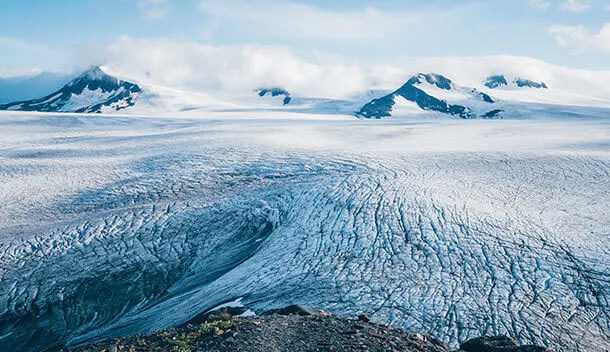
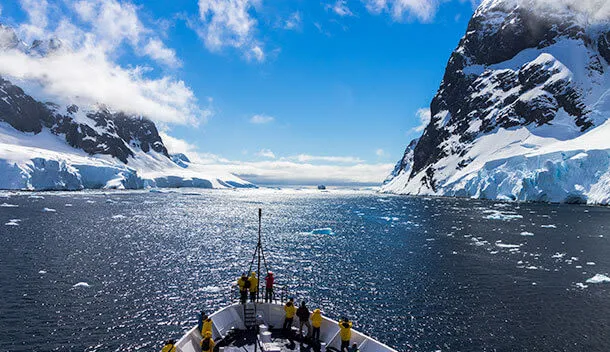
Brief History of Antarctica
The Antarctica Treaty
In the late 1950s, the World’s superpowers were in a race to establish military and geopolitical dominance throughout the globe. Under these suspicious and tense circumstances, the Antarctic Treaty was signed in order to ensure “in the interests of all mankind that Antarctica shall continue forever to be used exclusively for peaceful purposes and shall not become the scene or object of international discord.” The treaty was signed by 12-nation states in Washington DC in 1959 and came into effect in 1961. The treaty covers all lands and ice shelves below 60°c latitude and ensures that Antarctica is used for peaceful scientific purposes only by its signature members.
Modern Antarctica Administration
After the Antarctic treaty was signed, subsequent treaties were also signed, which are collectively known as the Antarctic Treaty System. Treaties such as the Madrid protocol have ensured that Antarctica remains off-limits to mining and military activity.
Antarctica Economy
Given the extreme conditions and tight regulations imposed by the Antarctic Treaty System, economic activity on the continent is limited. Fishing of both the legal and illegal variety remains a source of economic activity.
Tourism is another form of economic activity in Antarctica. Around 35,000 people visit the continent annually, mainly on vessels departing from South America, New Zealand, and Australia. Flying to Antarctica is also possible.
There are mineral deposits in Antarctica. However, the Antarctic Treaty System prevents any of them from being extracted. This ban will come under review in 2048.
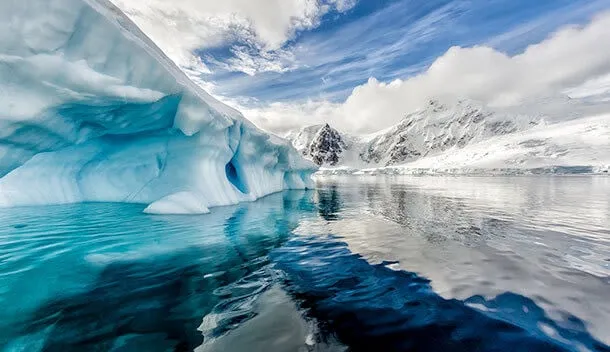
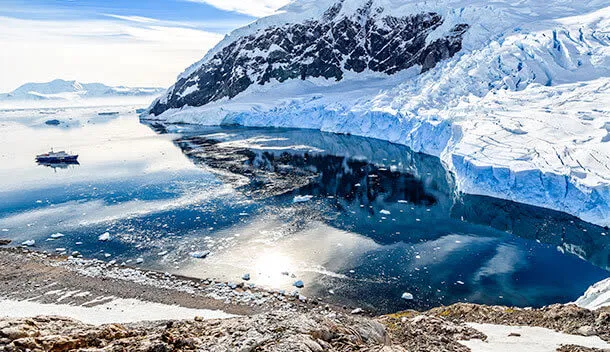
Scientific Research in Antarctica
Scientific research in Antarctica has grown over the decades. Every year up to 4000 scientists from 28 different countries converge on Antarctica to conduct experiments in research stations dotted around the continent. Biologists, geologists, oceanographers, physicists, astronomers, glaciologists, and meteorologists all come to conduct experiments in a unique environment that provides ideal conditions for specialist studies.
The impressive Amundsen Scott station, for example, is located close to the south pole and takes advantage of ideal atmospheric conditions to make highly sensitive observations of cosmic microwave background radiation and neutrinos. Such research further enhances mankind’s understanding of the fundamental nature of the universe.
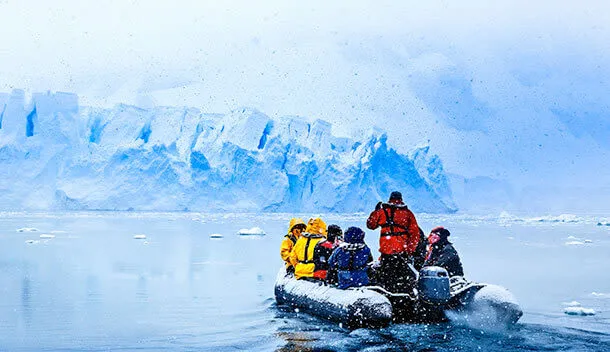
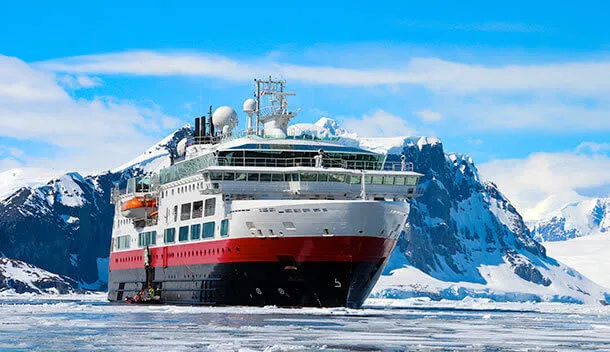
Antarctica Wildlife
In spite of its harsh climate, Antarctica is home to a wide variety of animal species. Every year, melting ice around its coastal water releases nutrients, which triggers the growth of phytoplankton and krill in huge quantities. These giant plumes of plankton form the basis of the Antarctic food chain and attract migrating whales during the summer months. Blue Whales, Humpback Whales, Southern Right Whales, Minke Whales, and many other species all converge on Antarctica to eat krill. There are also resident Orcas who feed primarily on seals.
Thera are also many different species of Penguins such as emperor penguins, chinstraps, and Chinook penguins. Elephant seals, leopard seals, and fur seals are all common sights for those visiting Antarctica.
Antarctica Environment
As it has no indigenous population, Antarctica is almost entirely wilderness and is largely protected. In 1960, a ban on commercial whaling was initiated and essentially eliminated the human threat to whale populations in Antarctica. The effects of the whaling era can still be felt today as several species, including the Blue Whale, were almost completely wiped out by the cruelty and greed of commercial enterprises. Numbers are coming back but are only a fraction of what they were in ore-whaling times.
Rising temperatures in Antarctica are now a huge cause for concern as thinning ice is resulting in fewer nutrients being released to form the phytoplankton necessary to form the base of the food chain.
The rapid thinning of the Larsen Ice-Shelf is also a huge cause for concern as it acts as a buffer holding back the West Antarctic Ice Shelf. The loss of the ice-mass coils has devastating consequences for all of mankind in the decades and centuries to come.
Tourism in Antarctica
Antarctica cataracts around 35,000 tourists annually. The majority of tourists will arrive in Antarctica by cruise ship from Southern Argentina and Chile and will visit the Antarctic Peninsula. Cruises generally last between 10 days to three weeks and popular destinations include Deception Island, Paradise Bay, and King George Island. There are a smaller number of cruises that visit East Antarctica from New Zealand.
Air cruises, which involves flying to Antarctica and then boarding a ship since there are becoming more popular and allow visitors to skip crossing the tumultuous waters of the Southern Ocean.
Landings on the continent are possible for boats with special permits. Given the expense and logistical difficulties in getting to Antarctica, cruises there tend to cater to high-end clients, and the fleet of ships serving Antarctica and suitably luxurious.
Tourists will have an opportunity to witness the unspoiled nature in Earth’s final great wilderness. Whale and penguin sightings are regular.
Thinking About Visiting Antarctica?
Contact a Antarctica Travel Expert
We Love to Talk About Vacation Ideas!
Thinking of traveling to South America? We take your South American travel dream and make it a reality. Every fully custom South America trip is planned by your own expert personal Travel Consultant.
